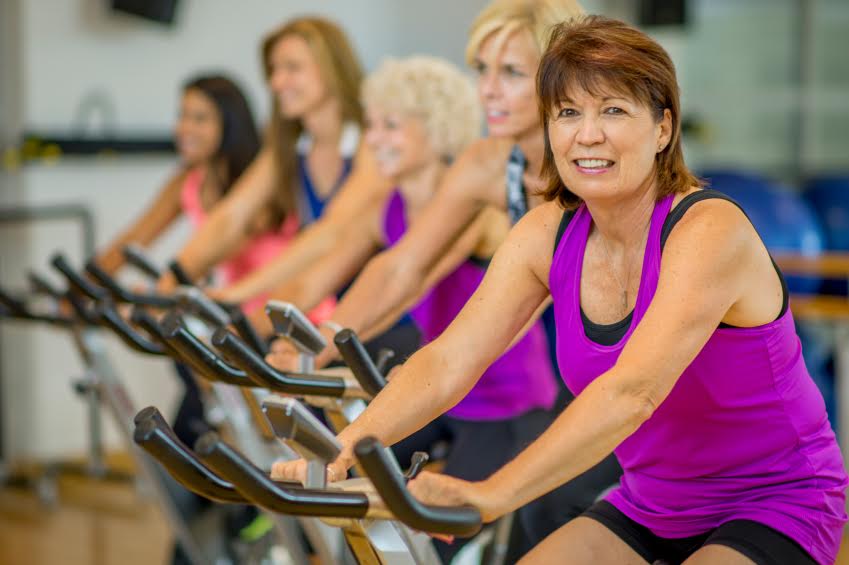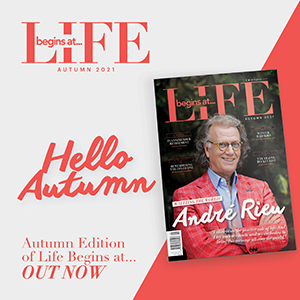Originally written by published by The Conversation.
The beginning of each year marks a fresh start for many, with most of us making promises to ourselves that we’ll ‘eat better’ or ‘exercise for longer’. Unfortunately, many of us will fall off the bandwagon – but there’s no reason you can’t climb back on. Here are some common misconceptions about exercise and weightloss that should be address – and that might inspire you to hold true to your original promise!
Myth 1. Exercise is the best way to lose weight
While there is plenty of evidence showing people can lose weight just by being physically active, it is also one of the hardest ways to go about it.
Our energy balance is mostly determined by what we eat and our metabolic rate (the energy you burn when you do nothing). Our energy balance is determined only to a small extent by how active we are. That means losing weight just by being active is very hard work.
The American College of Sports Medicine recommends accumulating 250 to 300 minutes of moderate intensity exercise per week for weight loss. That is twice the amount of physical activity recommended for good health (30 minutes on most days), and most Australians don’t even manage that.
The best way to lose weight is through combining a nutritious, low-calorie diet with regular physical activity.
Myth 2. You can’t be fat and fit
Inactive people of healthy weight may look OK, but this isn’t necessarily the case. When you’re not active you have a higher risk of heart disease, diabetes, high blood pressure, osteoporosis, some cancers, depression and anxiety. Several studies have demonstrated the association between premature death and being overweight or obese disappears when fitness is taken into account (although another study disputed this).
This means you can still be metabolically healthy while being overweight, but only if you’re regularly active. Of course, people who are fit and of normal weight have the best health outcomes, so there are still plenty of reasons to try to shed some weight.
Myth 3. No pain, no gain
Or in other words, “no suffering, no weight loss”. As mentioned earlier, if you want to lose weight by being active, you will need to do a lot of it. But while physical activity of a moderate intensity is recommended, guidelines do not say activity needs to be of vigorous intensity.
Moderate intensity physical activity makes you breathe harder and may make it more difficult to talk, but you should still be able to carry on a conversation (such as brisk walking, riding a bicycle at a moderate pace). This is unlike vigorous physical activity, which will make you completely out of breath and will make you sweat profusely regardless of the weather conditions (such as running).
Moderate intensity physical activity is not painful and does not include excessive suffering to meet your goals. A study of weight loss in groups with higher intensity and lower volumes of activity compared to groups of lower intensity and higher volumes of activity did not find significant differences.
Myth 4. Only resistance training will help you lose weight
Resistance or strength training is good for you for several reasons. It increases functional capacity (the ability to perform tasks safely and independently) and lean body mass, and prevents falls and osteoporosis. But the main idea for promoting it to lose weight is that muscle mass needs more energy than fat mass, even when at rest. Therefore the more muscular you are, the higher your metabolic rate, which makes it easier to expend the energy you’re taking on board.
However, building muscle mass takes a serious effort, and you need to keep doing resistance training or significant loss of muscle mass will occur within weeks.
More importantly though, aerobic or endurance training is also good to help you lose weight. In fact, a recent study demonstrated that endurance training was more effective in producing weight loss compared to resistance training. It’s also likely many people will get more enjoyment out of a brisk walk than a session of weight-lifting, so the most important thing is to pick an exercise routine you enjoy and thus will actually stick to.
To help you get started on your journey to a more active and potentially leaner lifestyle, you can sign up for free physical activity programs such as www.10000steps.org.au. If you want to take part in our web-based physical activity research study, you can register your interest here.





















Add Comment